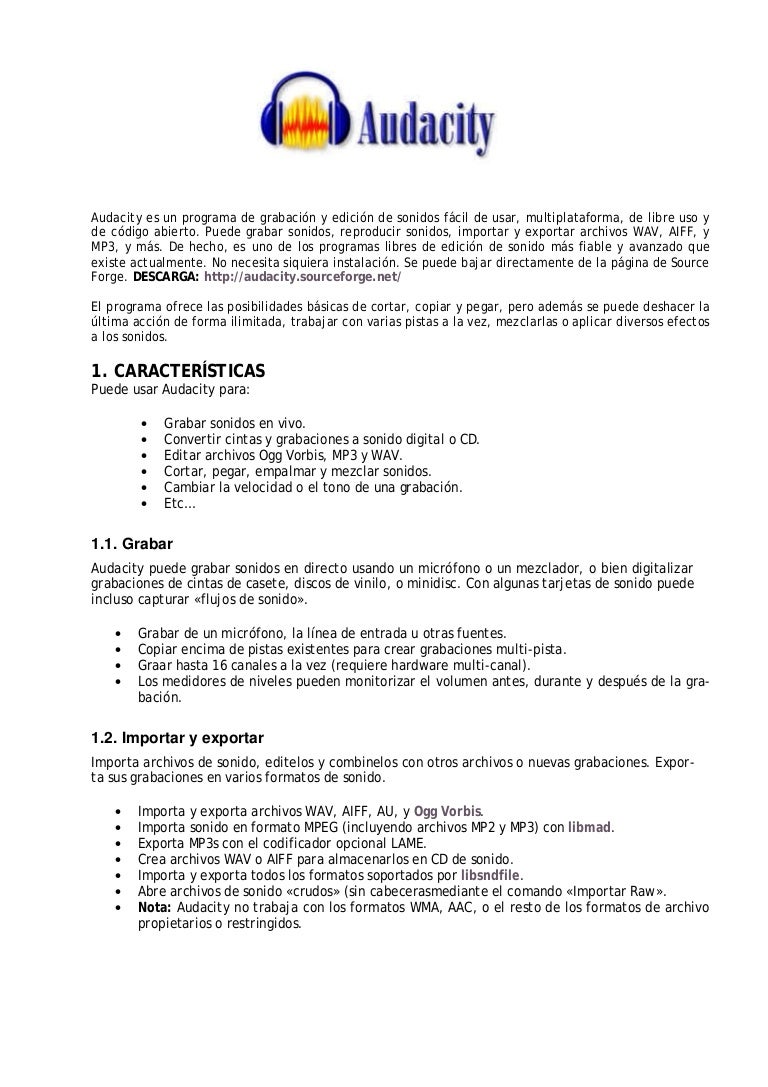


If your levels are too low or too high (red zone), we can adjust them to guarantee the best audio quality from our microphone.

If you see a green bar moving, your microphone is set up correctly try to stay in the green zone between -18 and –12db. The next step after setting up your devices is to do some tests.įirst, we need to go to the Recording Meter Toolbar, click on it to start monitoring, and speak at the same volume you usually use with your microphone. Pick yours, and you’re all set for the next step! To avoid issues, connect all your devices before running Audacity. There’s a third dropdown to select your output device where you can choose your headphones, studio monitors, or your audio interface. If you have one of these interfaces, select mono to avoid having your voice coming from one side only you can always edit a podcast afterward, but it’s preferable to record in mono from the start. It’ll make your life easier, and for a podcast, it’s unlikely you’ll need stereo recording.Īn audio interface with two channels can sometimes split the microphone’s inputs left and right. Most microphones are in mono unless your podcast needs stereo recording, stick to mono.

We can select to record in mono or stereo on the dropdown next to the microphone. Choose the one you want to use by clicking on it. We’re going to select the one next to the microphone where you’ll find all devices that work as a microphone. Then, launch Audacity.Īt the top of your screen, just below the transport toolbar (where the play, pause, and stop record buttons are), you’ll see the Device Toolbar with four drop-downs. Make sure your system detects your external mic correctly, whether you’re using a USB microphone, one with a 3.5mm jack plug, or an XLR microphone plugged into an audio interface or a mixer. The first step is to set up your audio devices. This article will guide you through the entire process of recording and editing a radio show, so by the end of this post, you’ll have all the knowledge you need to get started right away. We’re talking about Audacity, one of the most well-known audio editing software to edit a podcast.īefore we get into how to edit a podcast in Audacity, you’ll need to download Audacity from the official website and install it it’s available for Windows, macOS, and Linux so that everyone can use it to edit podcasts. The program we’ll look into today is an excellent option for independent podcasters, but many experienced creatives use it regularly because it’s simple, intuitive, and free. The first thing you’ll need is a computer, a microphone, and software to record and edit a podcast. Are you ready to record your podcast and level up your content? Or perhaps you’re just starting and looking to produce it independently.


 0 kommentar(er)
0 kommentar(er)
